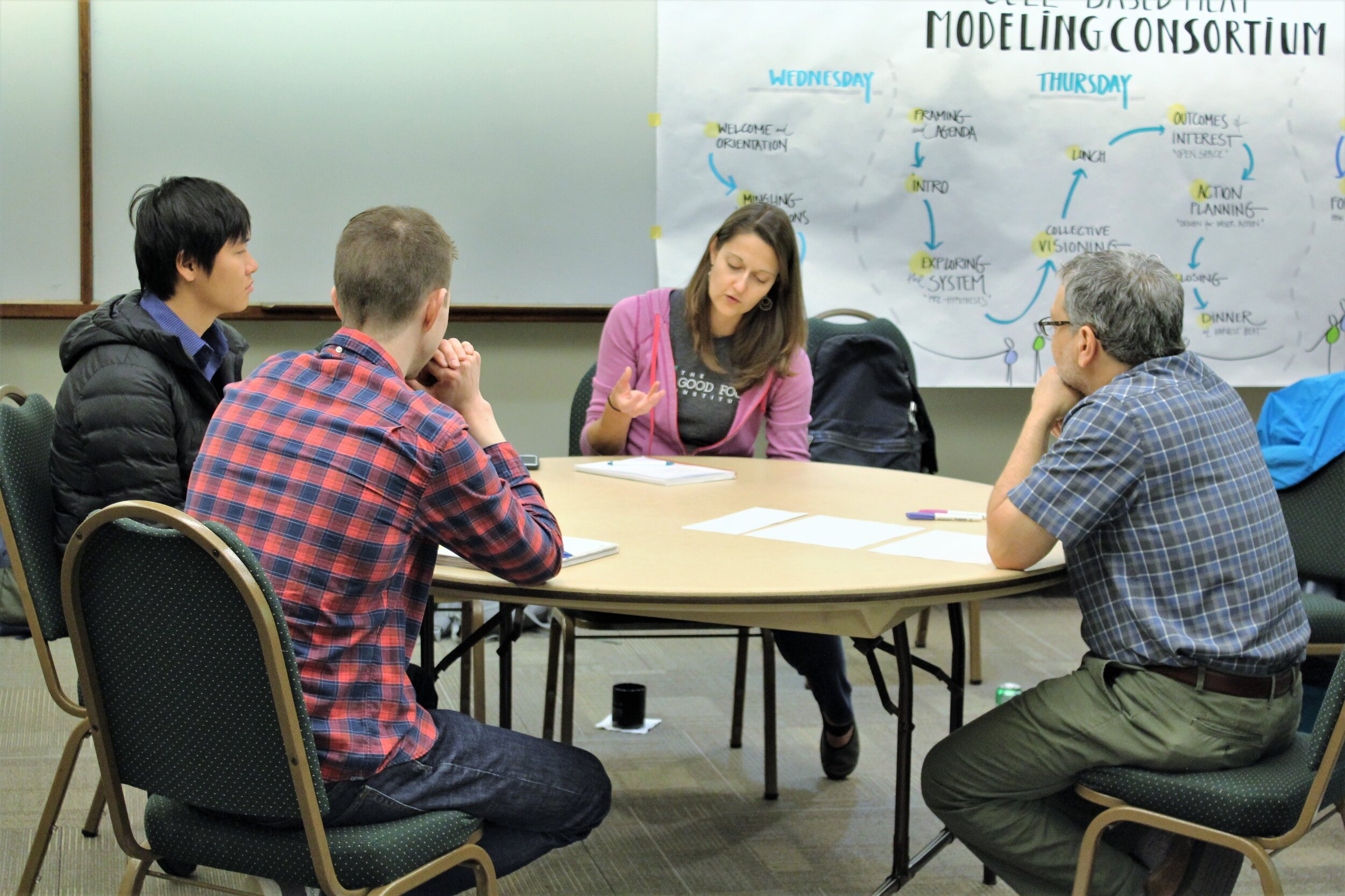Eight months after its birth, the Cultivated Meat Modeling Consortium (CMMC) publishes their white paper. It is the first piece reporting on the inaugural meeting in June 2019. The white paper shares with the world how the CMMC plans to accelerate the cultivated meat industry and that its members applied for the 2019 GFI Competitive Research Grant program to produce their first proof of concept.
The full white paper, a must read for anyone interested in either cultivated meat or computational modeling, explains both of these concepts in sufficient detail yet understandable language. The main challenge (but at the same time its main purpose) the CMMC has faced since its formation is twofold:
“The white paper is meant to serve as glue...”
Connecting two domains of science: on one side the computational modelers, data scientists and computer scientists (the IT nerds) and on the other side biologists (the lab coat nerds).
Connecting the science with the market. Open science vs intellectual property, scientific nuance vs selling a product.
One of the breakout groups at the CMMC inaugural meeting in June 2019, Seattle
The white paper is meant to serve as glue between these dichotomies by explaining both sides of the coin and how they can connect. This is done through a short report on the proceedings at the CMMC inaugural meeting in June 2019, where these issues were identified and discussed thoroughly. Finally the white paper elaborates on the computational methods that the CMMC plans to use to tackle the big problems in bringing cultivated meat to market.
Altogether, this piece of writing will serve to inform scientists, companies, philanthropists and policy makers on the goal, methods and perspectives of the Cultivated Meat Modeling Consortium in their journey to make the world a slightly better place through the application of scientific software.
The full white paper can be downloaded from Authorea: https://doi.org/10.22541/au.158057683.31004563


